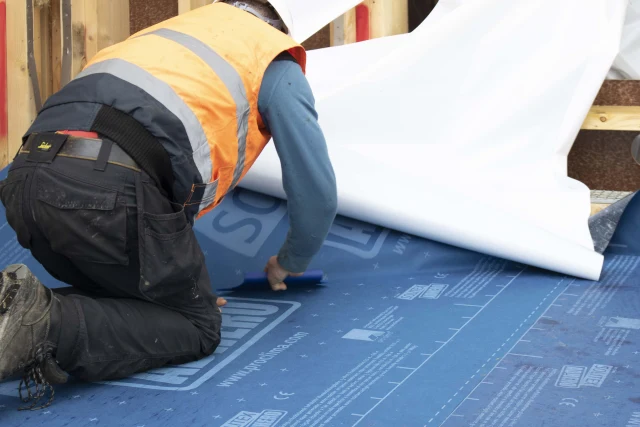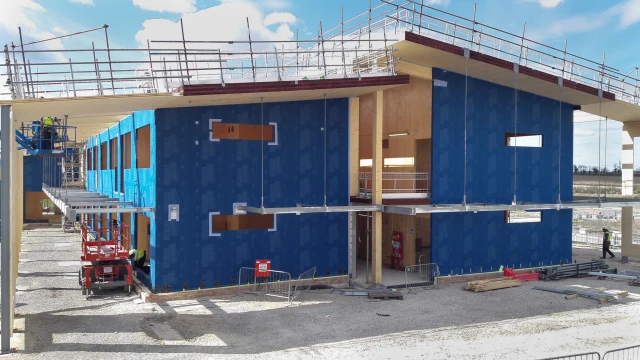Go to Section
Simplifying Airtightness and Weathertightness in Modular and Offsite Construction
Tuesday 31st May 2022
Keeping buildings dry during the construction phase is often a significant challenge, especially in exposed and damp climates. In response to the new challenges brought by modular and offsite construction, Pro Clima have developed Solitex Adhero, a windtight monolithic breather membrane, to provide rapid protection against the elements.


Blog author

Niall Crosson
Technical Director (BTech, MEngSc, MIEI, CEPHC)
Niall is the Technical Director for Ecological Building Systems and was also the company’s first employee. Niall holds a first class honours degree as a Bachelor of Technology and a Masters in Eng.Sc. Niall is a certified Passivhaus Consultant and has provided technical guidance on many award winning low energy projects in Ireland and the UK, and has authored or co-authored several chapters in both the Passivhaus Handbook and the Passivhaus Designers Manual. Niall is also on the board of directors of the Irish Green Building Council and provides guidance on several national standards committees. Along with this, Niall has contributed to several construction publications including The Journal of the RIAI.


